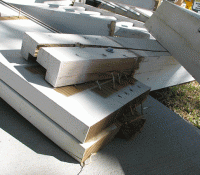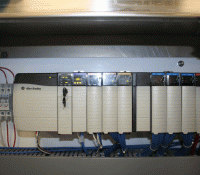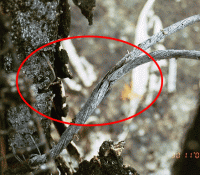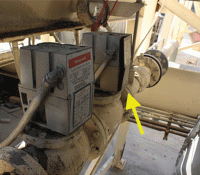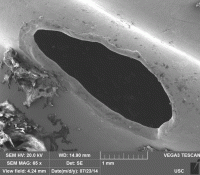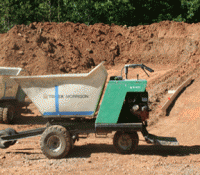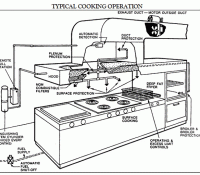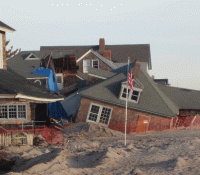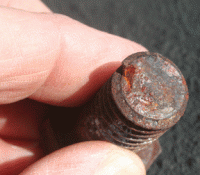Safety Inspections for Outdoor Decks are Necessary
The North American Deck and Railing Association (NADRA) recognizes the month of May as Deck Safety Month®. This is the time of the year to get serious and take the necessary steps to safeguard your deck so that it is enjoyable not only for your family, but your friends and any visitors. The NADRA has a deck safety program and they just released a video in an effort to save lives and prevent injuries and to protect your family and friends. Read More


